It’s time for some cranberry, pumpkin, apples, and everything spiced! Sweater season is here which means we’re hungrier than ever. Want to know what food to cook this Fall? Keep on reading!
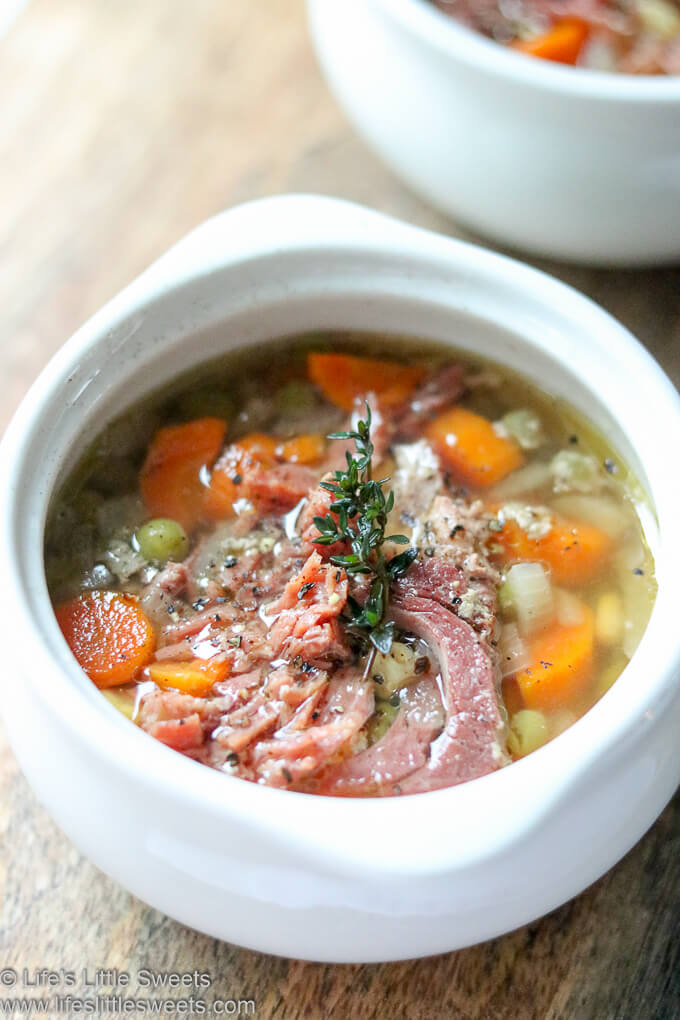
Omnivore loving vegan, gluten-free & beverage recipes

Fall Food Lists Recipes By Season
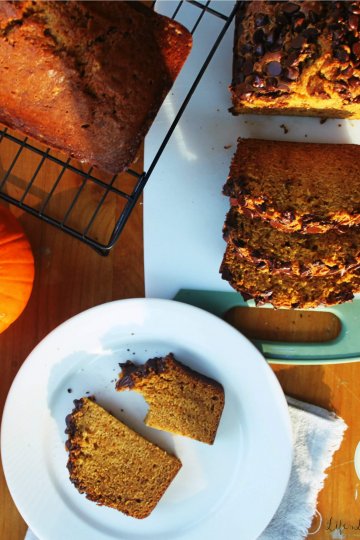
Any Season April August breads brunch recipes December Desserts Entertaining Fall February Food January July June March May November October Recipes Recipes by Diet Lifestyle Recipes By Month Recipes By Season September Spring Summer Sweet Vegetarian Recipes Winter
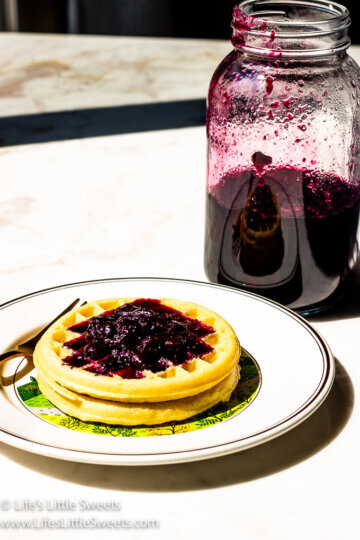
Any Season April August December Events Fall February Food January July June March May Northeast November October Recipes by Diet Lifestyle Recipes By Month Recipes By Season September Spring Summer Summer Solstice Sweet toppings USA Region Vegetarian Recipes Winter

Desserts Food July June Popular Recipes Recipes Recipes by Diet Lifestyle Recipes By Month Recipes By Season Summer Sweet Vegetarian Recipes
Sara is an architectural designer turned work-at-home Mom. She lives in New Jersey by way of New England and New York, with her husband and 3 kids under 8. She loves design, being creative, and spending time with family and friends. She loves checking out local businesses and eats and being apart of the local farm to table community. Continue Reading

It’s time for some cranberry, pumpkin, apples, and everything spiced! Sweater season is here which means we’re hungrier than ever. Want to know what food to cook this Fall? Keep on reading!
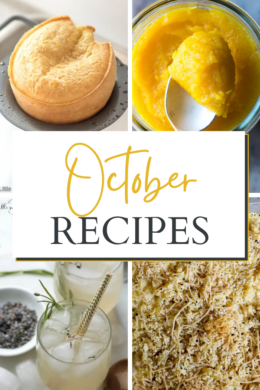
October means fall is upon us. This might be the season that you’re craving for some warm pies, pumpkin bread, and cold drinks — like wine for example. Or simply just some coffee or tea for those who don’t want to go in the alcoholic route.

Are you looking for some refreshing drink to beat out the hot summer heat or do you just want to try a few new dishes on the grill for July?

Here are 10 4th of July Recipes! We got you covered from savory family style main dishes, sides to sweet dessert options. *This post was originally published on 7/2/2018 and updated 6/23/2019 Hello Everyone! Independence Day, better known as 4th of July is upon us, so what are you making for this classic American holiday?...

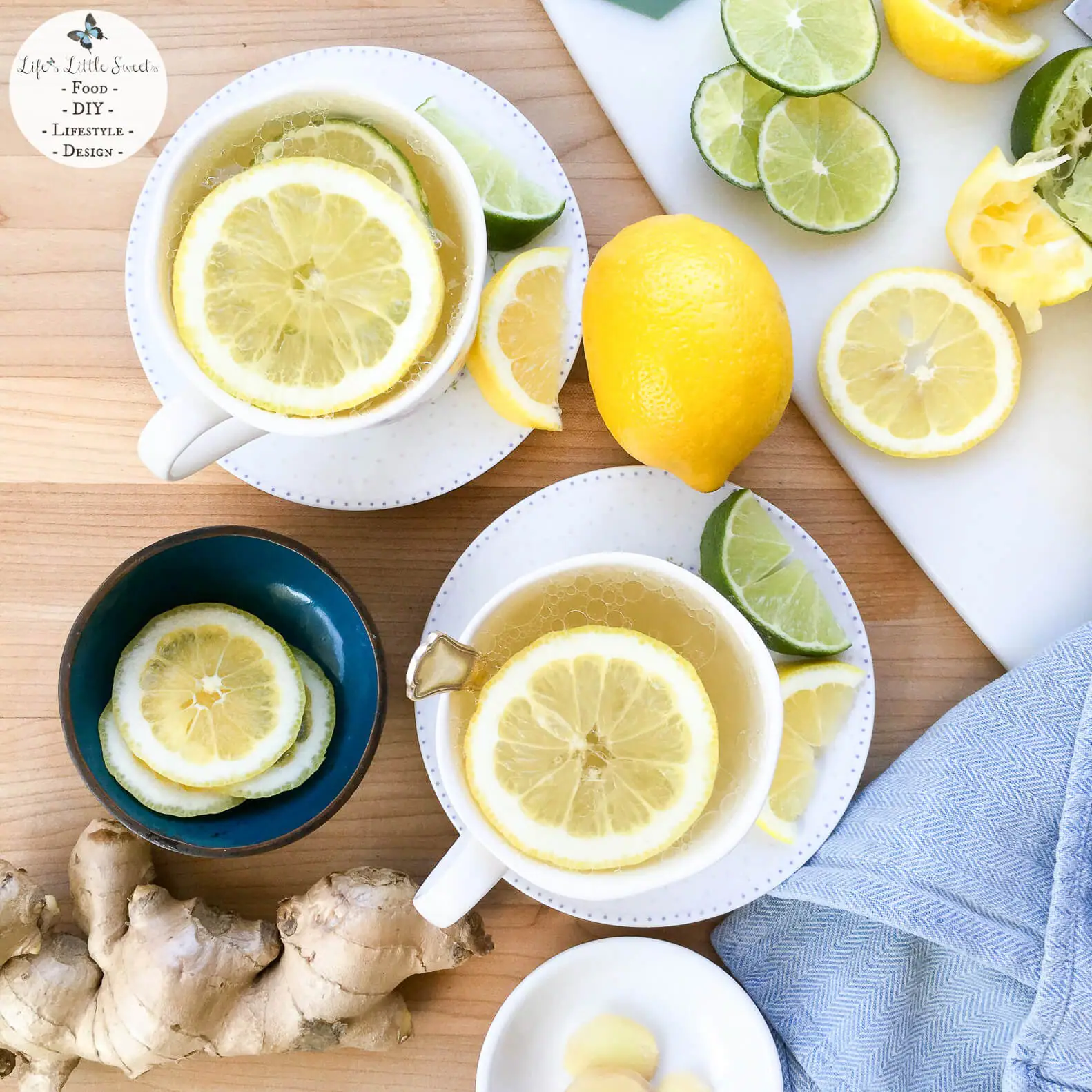
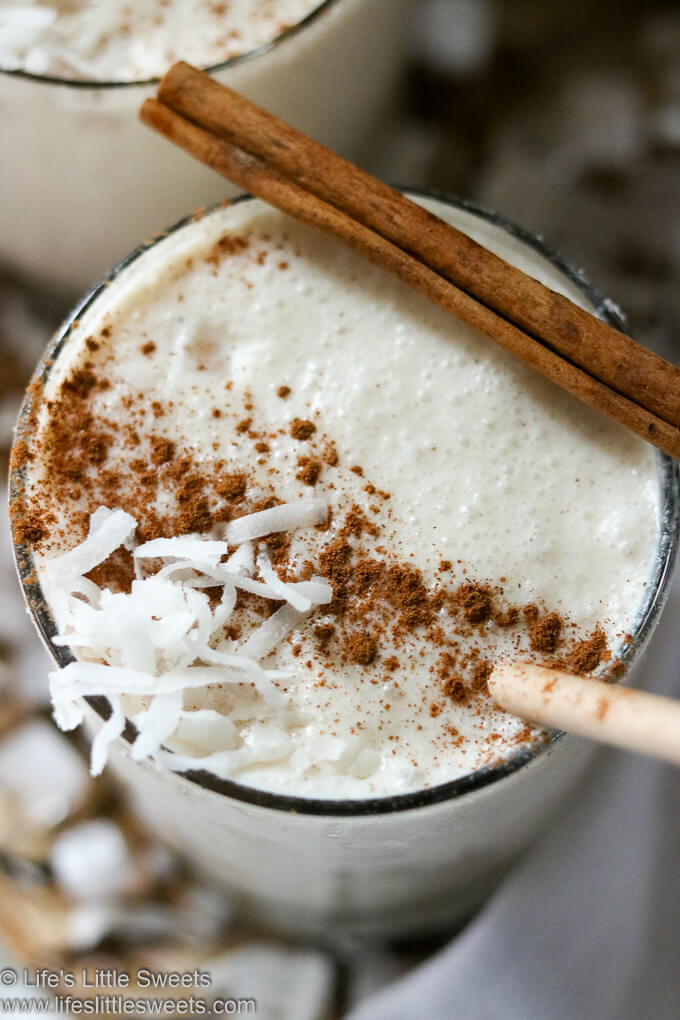


This post may contain affiliate links. Please read my disclosure policy
Estimated reading time: 11 minutes
Indulge in the zesty warmth of homemade ginger syrup with this easy-to-follow recipe. Simmered to perfection, fresh ginger melds with sugar and a hint of lemon for a sweet and spicy infusion. Whether drizzled over desserts, stirred into beverages, or used to elevate savory dishes, this versatile syrup promises to add a burst of flavor to any culinary creation. Enjoy the irresistible essence of ginger in every delicious serving, stored conveniently in your fridge for up to two weeks.
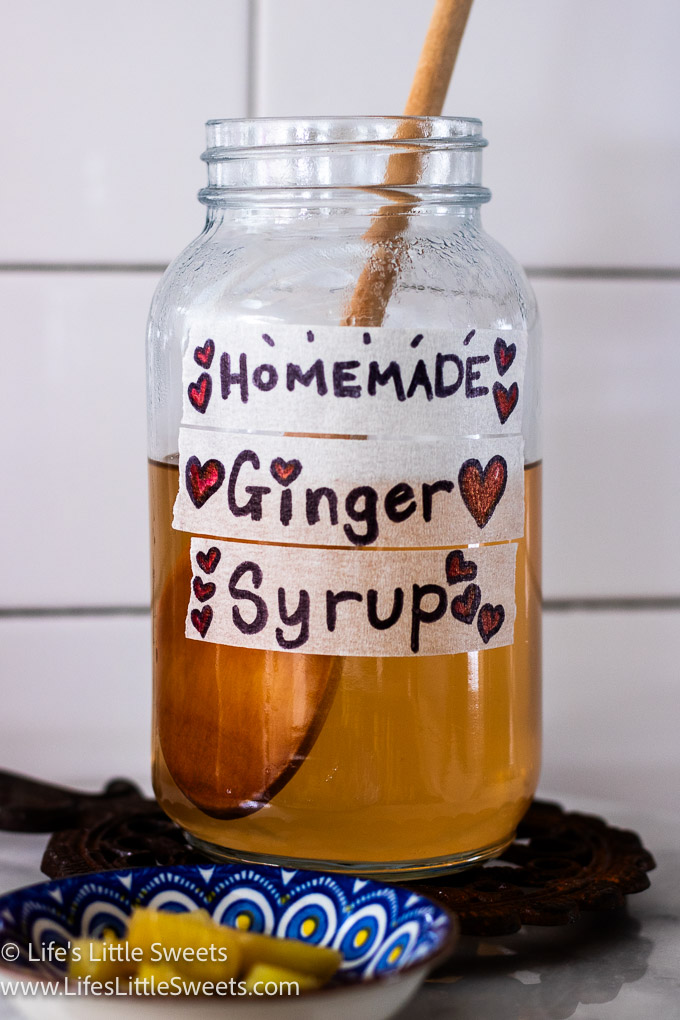
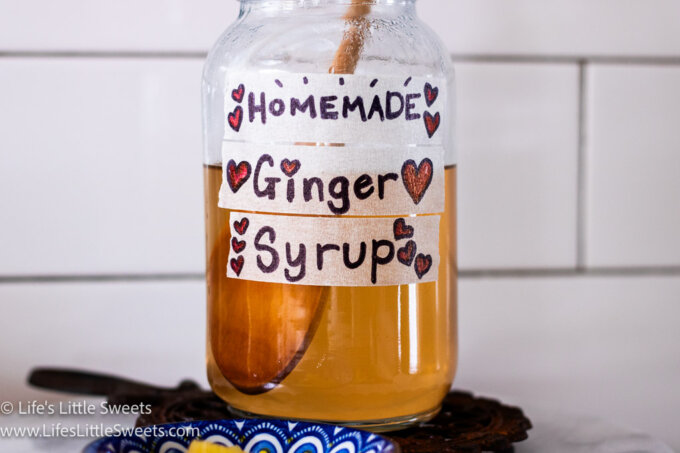
Hi Everyone, we're sharing a homemade recipe for ginger syrup! It has so many uses from soda and other drinks and mocktails to desserts and even savory recipes.
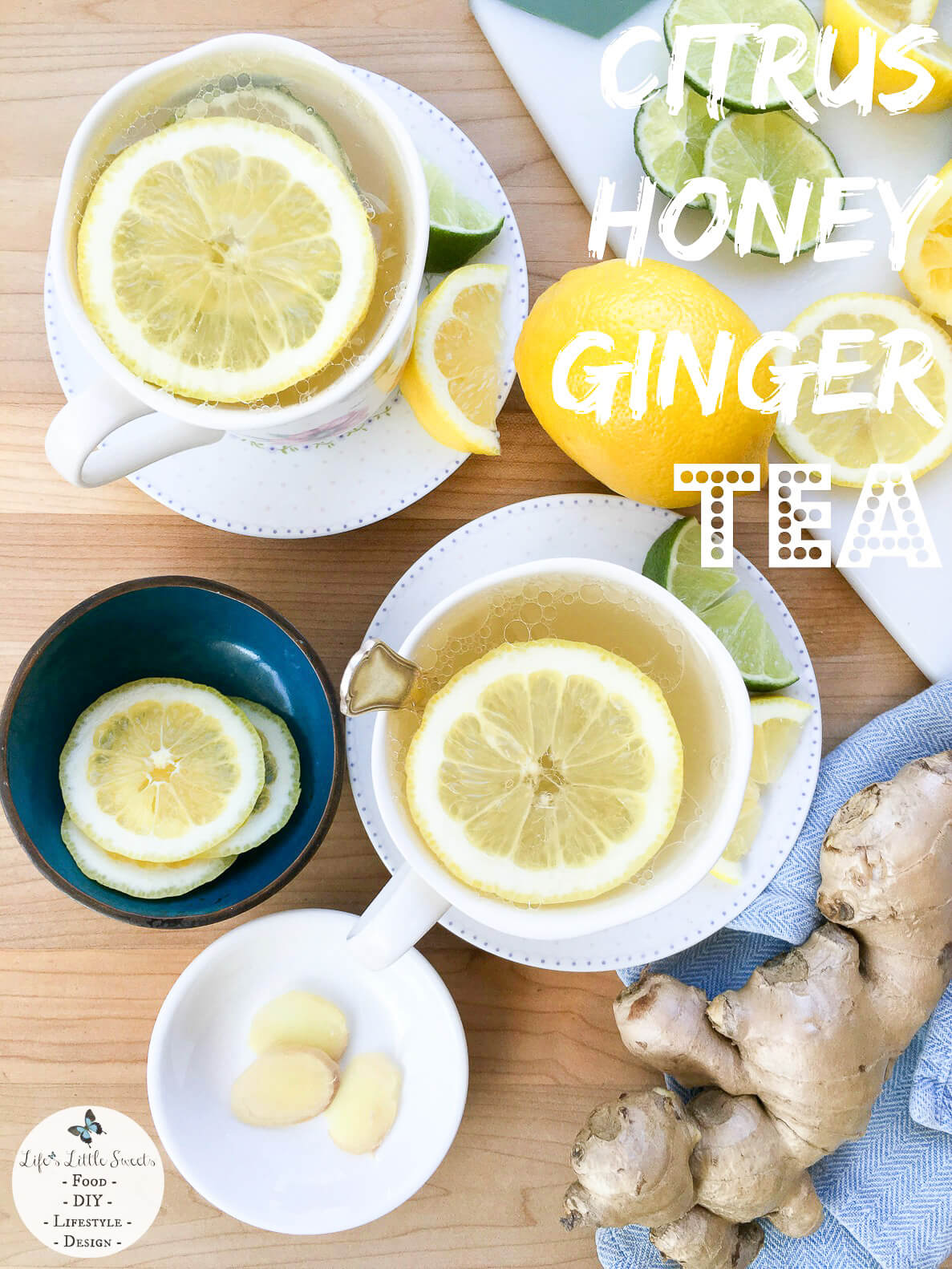
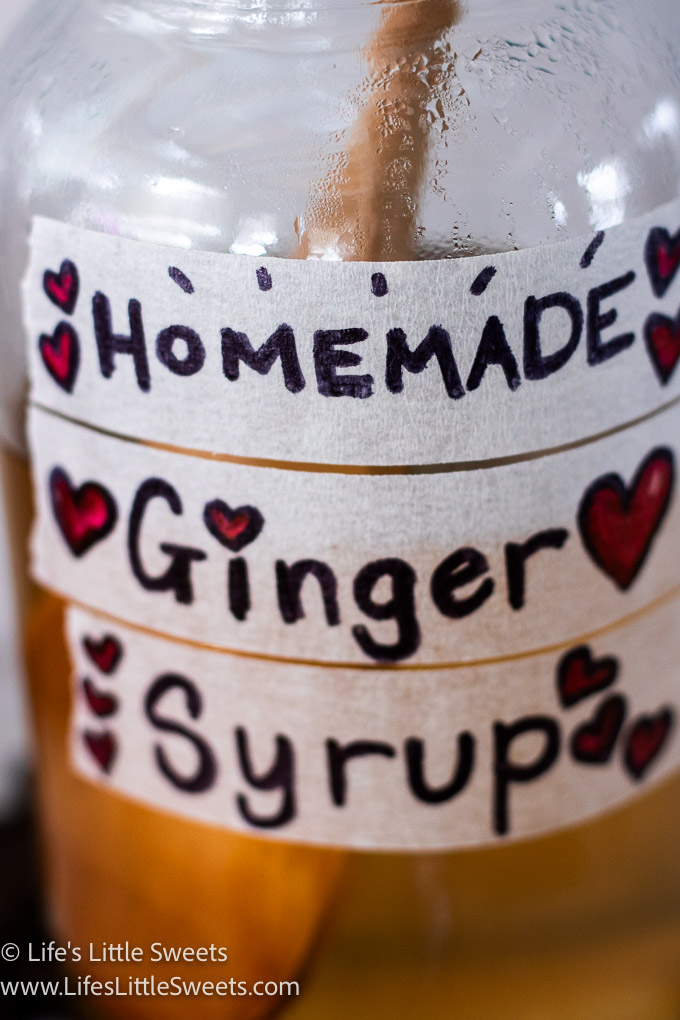
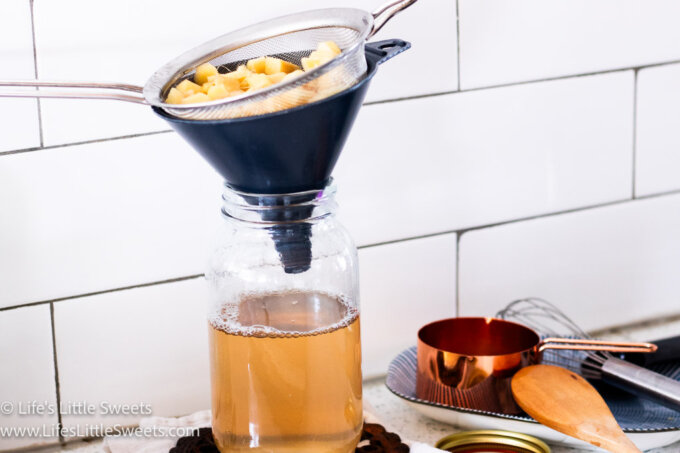
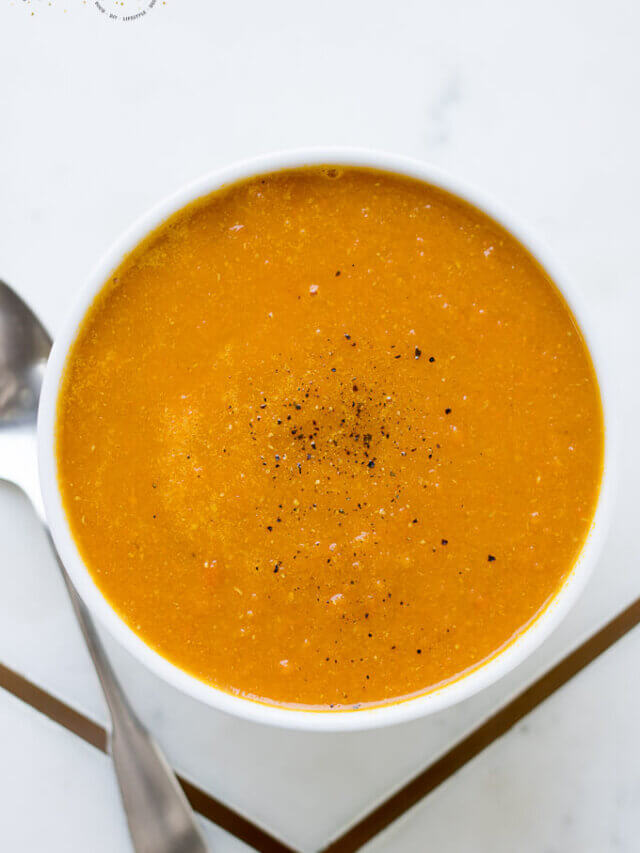
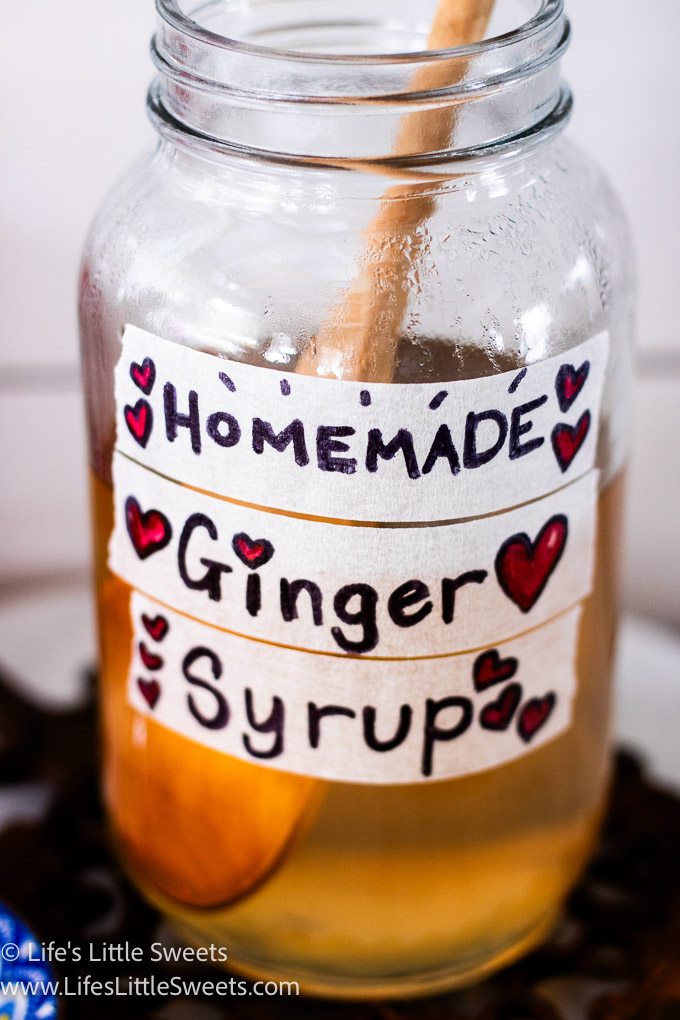
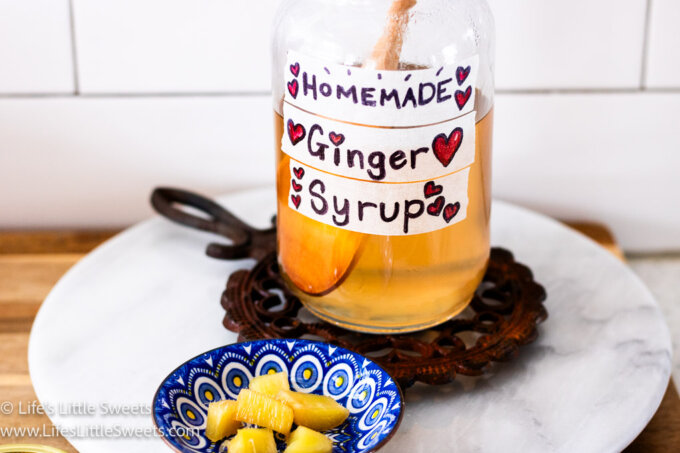
Use ginger syrup to sweeten cocktails, mocktails, teas, and other beverages.
Drizzle it over desserts like pancakes, waffles, or ice cream for a deliciously spicy-sweet kick.
Experiment with adding it to marinades, dressings, or glazes for a unique flavor twist in savory dishes.
The number of servings will vary depending on how you plan to use the ginger syrup and the portion size for each serving. However, a typical recipe like the one provided, using 1 cup each of water, sugar, and ginger, will yield approximately 1.5 to 2 cups of ginger syrup.
For example, if you're using ginger syrup to sweeten cocktails or beverages, a standard serving might be around 1 to 2 tablespoons. In this case, the recipe would yield roughly 12 to 16 servings.
If you're drizzling the syrup over desserts or using it in recipes, the serving size may vary, but you can estimate the number of servings based on your typical portion size.
Remember that these are just rough estimates, and the actual number of servings may vary depending on individual preferences and usage.
To store homemade ginger syrup:
Cool Completely: Allow the ginger syrup to cool completely to room temperature before transferring it to storage containers. This prevents condensation from forming inside the container, which could lead to spoilage.
Use Airtight Containers: Transfer the cooled ginger syrup into clean, airtight glass jars or bottles. Make sure the containers are thoroughly cleaned and dried before adding the syrup to prevent any contamination.
Refrigerate: Store the ginger syrup in the refrigerator to extend its shelf life. The cold temperature helps inhibit bacterial growth and preserve the syrup.
Label and Date: It's a good practice to label the jars or bottles with the contents and date of preparation. This makes it easier to keep track of freshness and know when it's time to use or discard the syrup.
Keep Away from Light: Store the containers in a cool, dark place in the refrigerator, away from direct sunlight. Light exposure can degrade the quality of the syrup over time.
Check for Spoilage: Before each use, inspect the ginger syrup for any signs of spoilage, such as mold growth, off odor, or unusual texture. If you notice any of these signs, discard the syrup immediately.
With proper storage, homemade ginger syrup can typically last for up to 2 weeks in the refrigerator. If you prefer to extend its shelf life, you can also freeze portions of the syrup in ice cube trays and thaw them as needed.
The prep time for making ginger syrup is typically around 10-15 minutes, which includes peeling and slicing the ginger, gathering ingredients, and preparing the saucepan.
The cooking time for simmering the ginger syrup is approximately 30 minutes to an hour, depending on how strong you want the ginger flavor to be. During this time, you'll need to maintain a gentle simmer while allowing the ginger to infuse its flavor into the syrup.
So, in total, the prep and cooking time for making ginger syrup ranges from about 40 minutes to 1 hour and 15 minutes.
Ginger has been used for centuries not only as a culinary spice but also for its potential health benefits. Some of the commonly recognized health benefits of ginger include:
Anti-inflammatory properties: Ginger contains bioactive compounds such as gingerol, which have potent anti-inflammatory effects. It may help reduce inflammation in the body, which could be beneficial for conditions like arthritis and muscle soreness.
Digestive aid: Ginger is well-known for its ability to alleviate digestive issues such as nausea, indigestion, and motion sickness. It can help promote healthy digestion by speeding up the emptying of the stomach and reducing gastrointestinal irritation.
Relief from nausea and vomiting: Ginger has long been used as a natural remedy for nausea and vomiting, including morning sickness during pregnancy, chemotherapy-induced nausea, and seasickness.
Antioxidant properties: Ginger contains antioxidants that help neutralize harmful free radicals in the body, which may contribute to various chronic diseases and aging processes.
Potential anti-cancer properties: Some studies suggest that ginger may have anti-cancer properties, as it has been shown to inhibit the growth of certain types of cancer cells in laboratory studies. However, more research is needed to confirm these effects in humans.
Lowering blood sugar levels: Preliminary research indicates that ginger may help lower blood sugar levels and improve insulin sensitivity, which could be beneficial for individuals with diabetes or those at risk of developing diabetes.
Immune system support: Ginger may help support the immune system due to its antimicrobial and anti-inflammatory properties, potentially reducing the risk of infections.
Disclaimer: It's important to note that while ginger has many potential health benefits, it is not a cure-all, and individual responses may vary. As with any herbal remedy or supplement, it's advisable to consult with a healthcare professional, especially if you have any underlying health conditions or are taking medications.
Growing ginger at home is relatively easy and can be done using ginger roots purchased from the grocery store. Here's a simple method to grow ginger:
Selecting Ginger Roots: Choose fresh, plump ginger roots from the grocery store. Look for pieces with well-developed "eyes," which are small buds or growth points.
Preparing the Ginger: Soak the ginger roots in water overnight to help stimulate sprouting. This step is optional but can increase the chances of successful growth.
Choosing a Container: Select a wide, shallow container with drainage holes at the bottom. Ginger doesn't have deep roots, so a container with a minimum depth of 8 inches should suffice. Make sure the container is large enough to accommodate the ginger roots with some space for growth.
Preparing the Soil: Use a well-draining potting mix rich in organic matter. You can mix equal parts of potting soil and compost or organic matter to create a suitable growing medium.
Planting the Ginger: Place the ginger roots horizontally in the soil with the eyes facing upward. Bury the roots about 1-2 inches deep in the soil, ensuring they are fully covered. Space multiple ginger roots at least 6 inches apart to allow for proper growth.
Watering: Water the ginger lightly after planting to settle the soil. Keep the soil consistently moist but not waterlogged. Avoid overwatering, as ginger roots can rot in soggy conditions.
Providing Light and Warmth: Place the container in a warm, partially shaded area that receives indirect sunlight. Ginger prefers temperatures between 75°F to 85°F (24°C to 29°C). Avoid exposing the ginger plant to direct sunlight, as it can scorch the leaves.
Maintenance: Continue to water the ginger plant regularly to keep the soil evenly moist. As the plant grows, you may need to repot it into a larger container to accommodate its expanding roots.
Harvesting Ginger: Ginger takes several months to mature. You can harvest fresh ginger by gently digging around the base of the plant and removing small pieces of rhizome as needed. Leave some rhizomes in the soil to continue growing.
By following these steps, you can successfully grow ginger at home and enjoy harvesting fresh, flavorful ginger for culinary use.
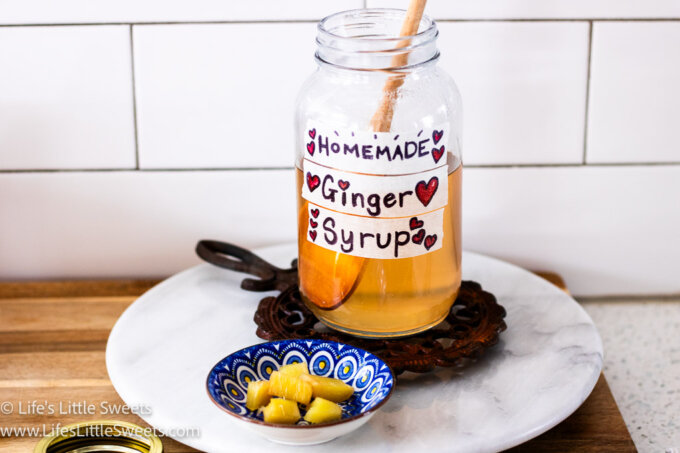
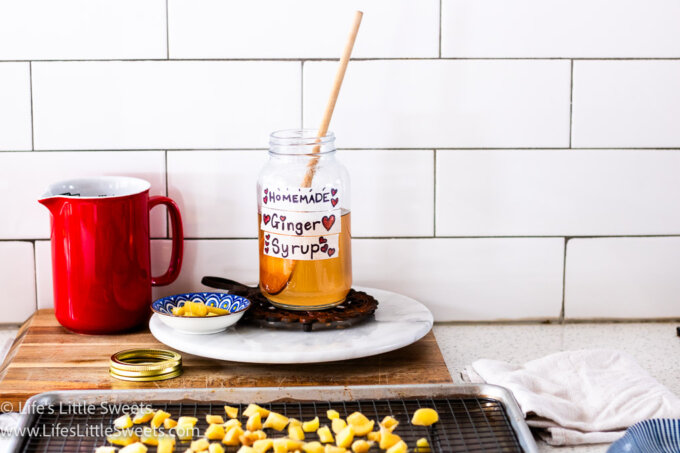
Enjoy your homemade ginger syrup! Adjust the sweetness or intensity of ginger flavor to your liking by varying the amount of sugar and ginger used and the length of simmering.
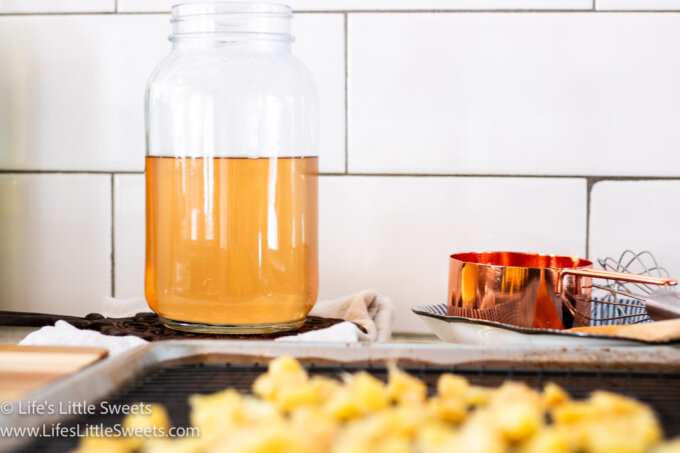
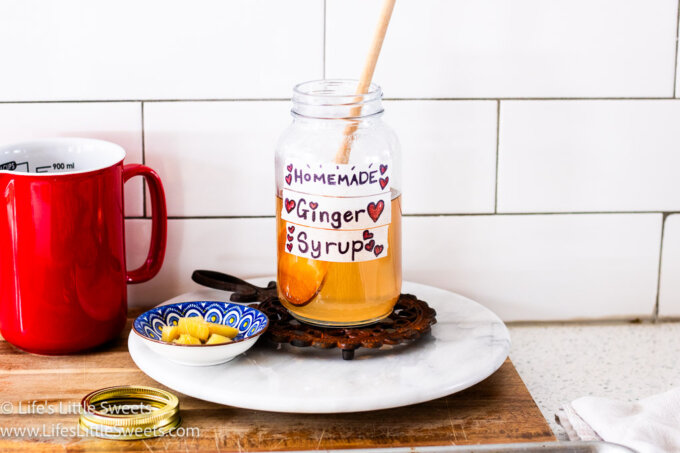
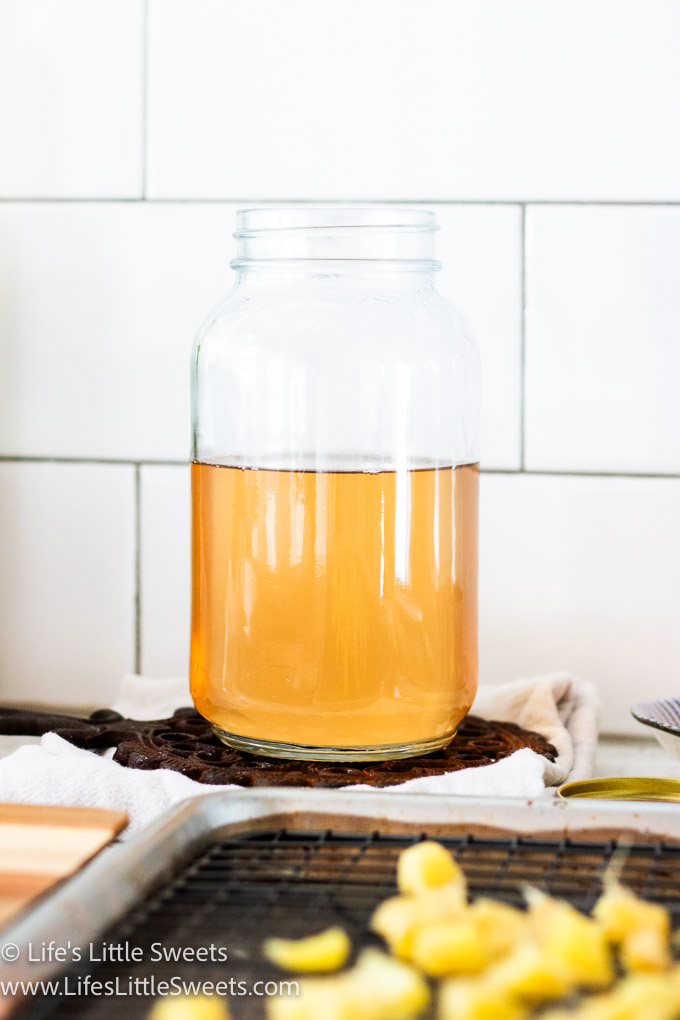
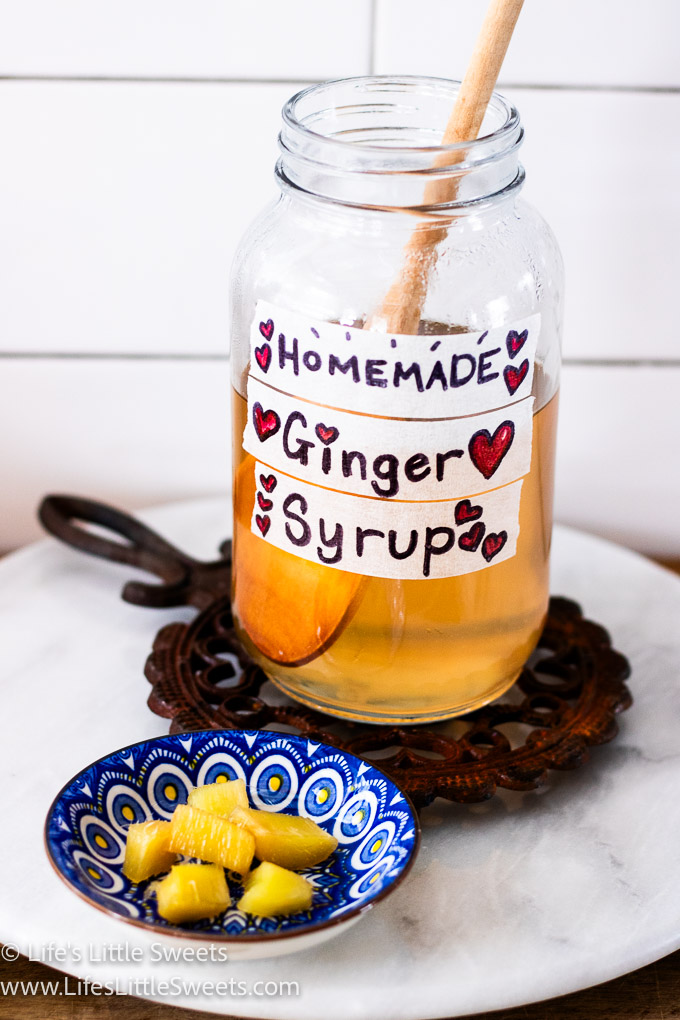
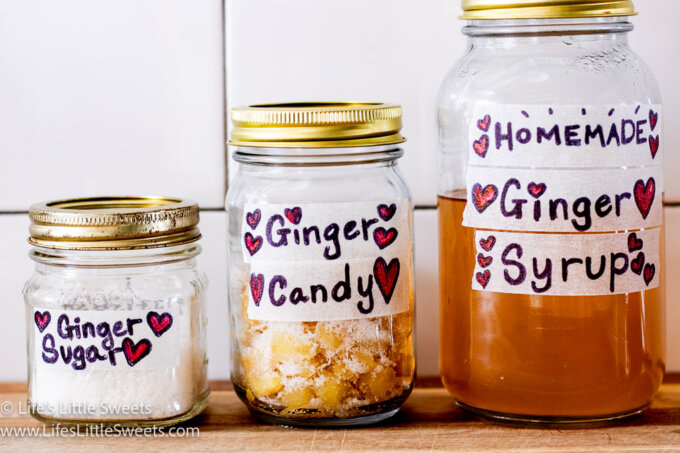
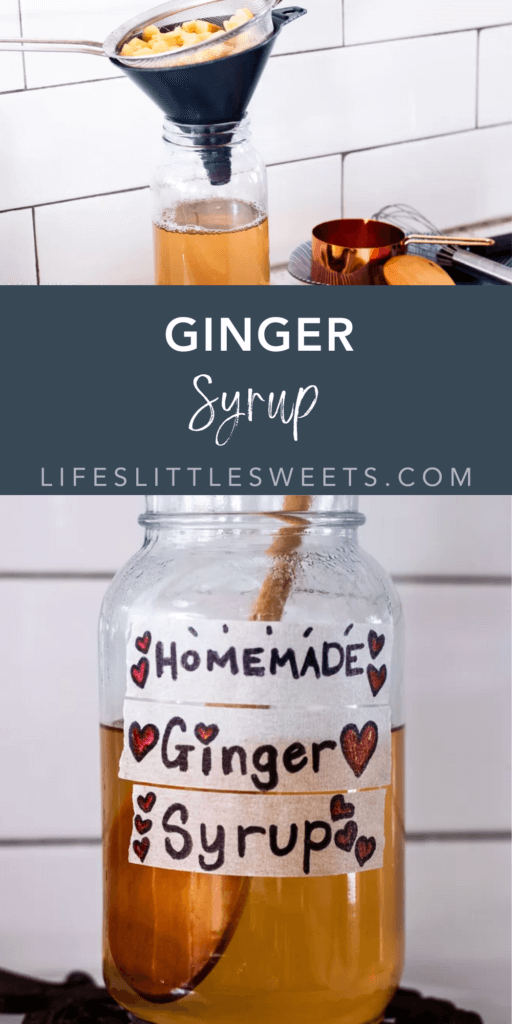
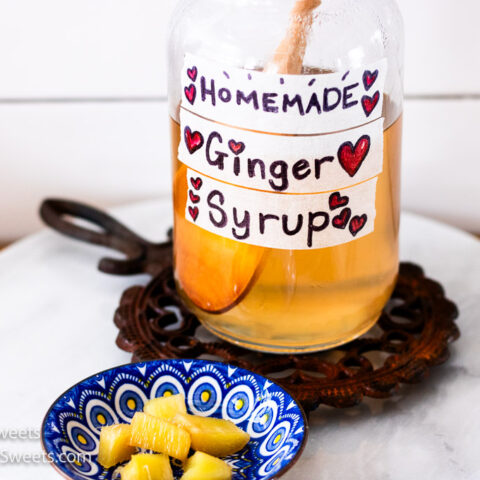
Indulge in the zesty warmth of homemade ginger syrup with this easy-to-follow recipe. Simmered to perfection, fresh ginger melds with sugar and a hint of lemon for a sweet and spicy infusion. Whether drizzled over desserts, stirred into beverages, or used to elevate savory dishes, this versatile syrup promises to add a burst of flavor to any culinary creation. Enjoy the irresistible essence of ginger in every delicious serving, stored conveniently in your fridge for up to two weeks.
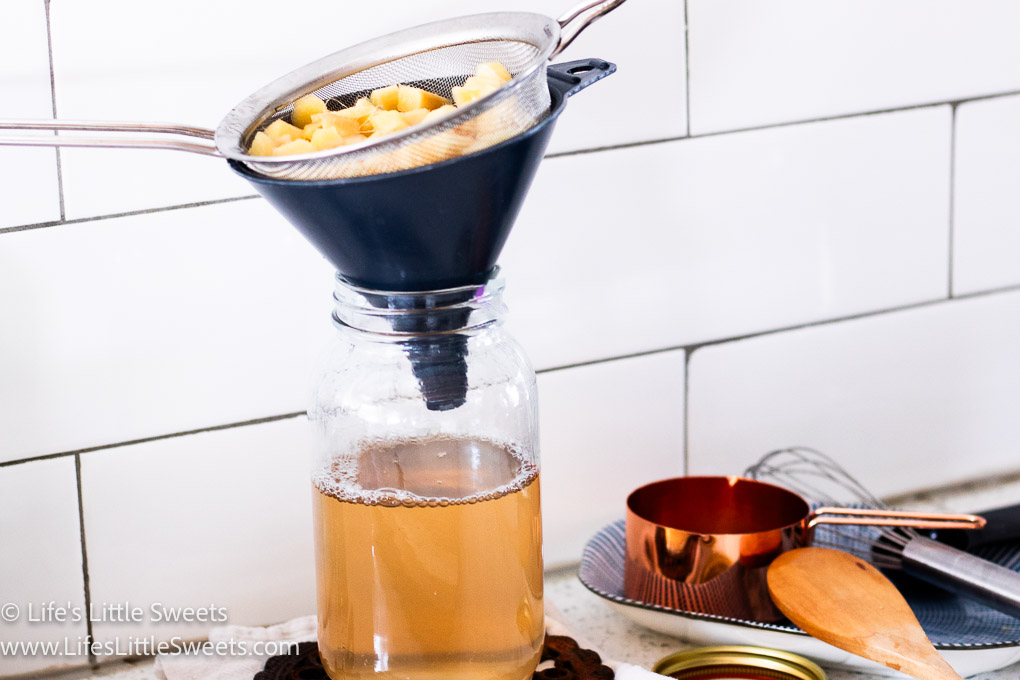
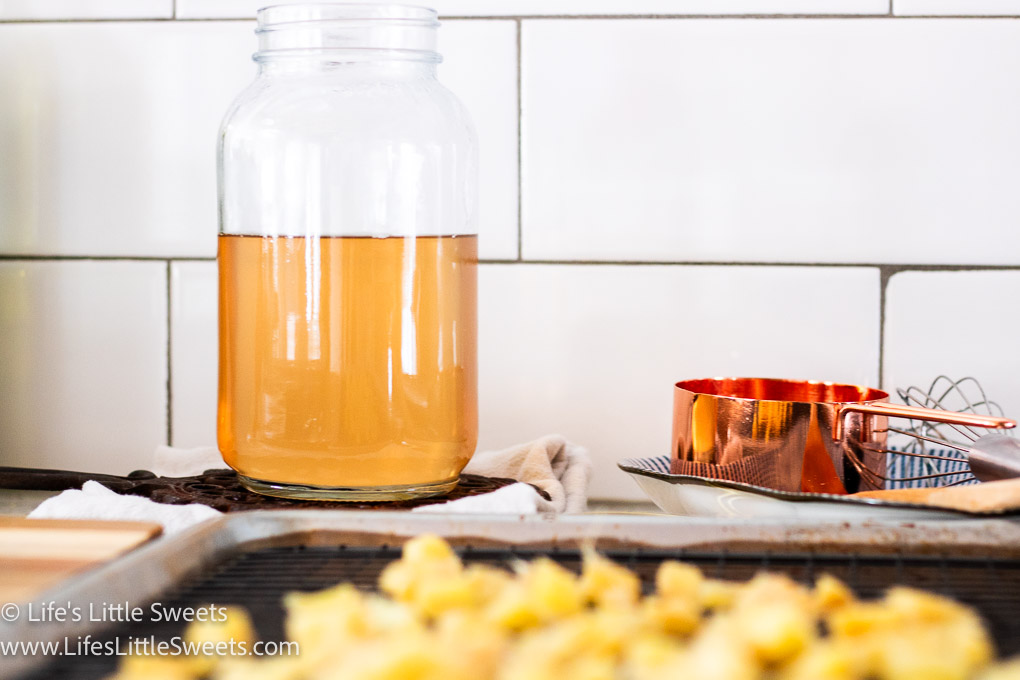
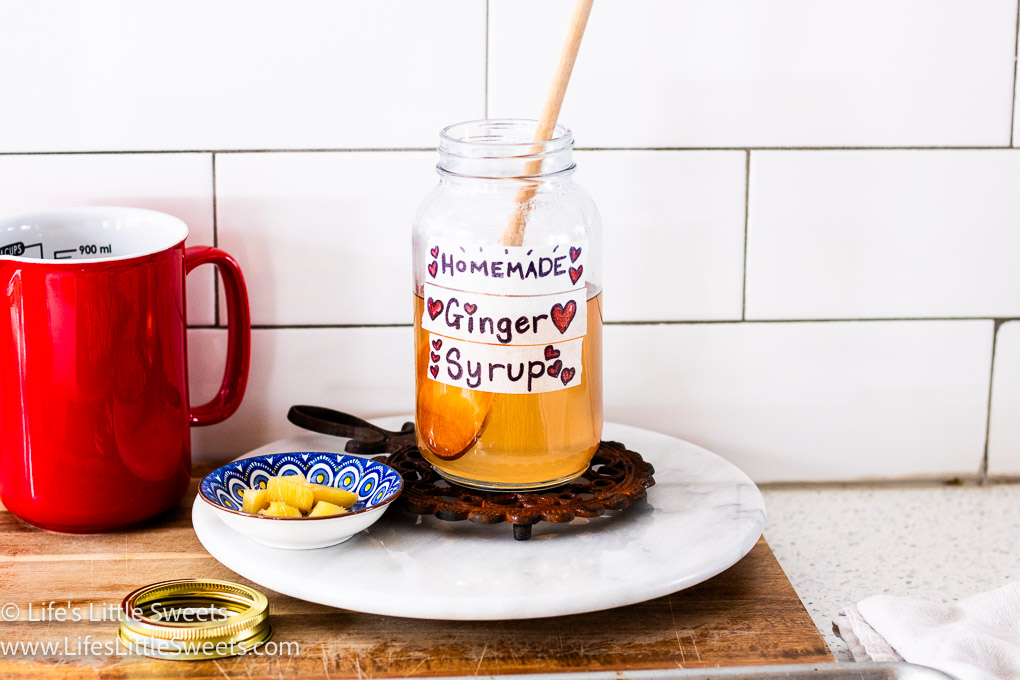
With proper storage, homemade ginger syrup can typically last for up to 2 weeks in the refrigerator. If you prefer to extend its shelf life, you can also freeze portions of the syrup in ice cube trays and thaw them as needed.
As an Amazon Associate and member of other affiliate programs, I earn from qualifying purchases. #CommissionsEarned #ad
Please note that the Calculated Nutrition is an estimate at best. If you make this recipe and love it, remember to stop back and give it a 5-star rating – it helps others find the recipe!
This site uses Akismet to reduce spam. Learn how your comment data is processed.
Leave a Reply
You must be logged in to post a comment.